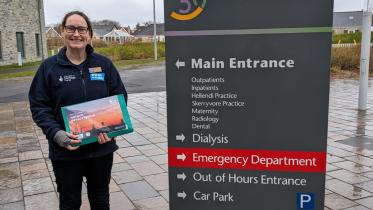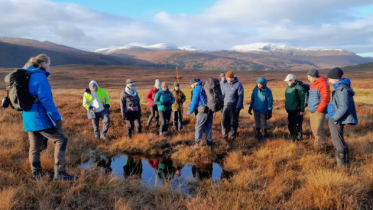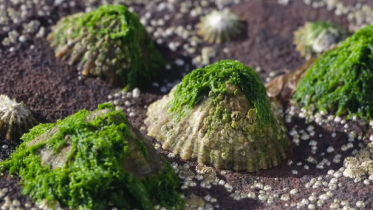Seaweed harvesting
Wild seaweed is a useful resource that can be harvested sustainably – but its sustainable management can be a complex task.
Seaweed functions
Seaweed plays an important role in coastal and marine ecosystems. Kelp forests are one of the most productive and dynamic ecosystems on Earth, with kelps often described as ‘ecosystem engineers’, as they’re key habitat-forming species.
Seaweeds are a valuable food source for all sorts of animals, both directly and indirectly. Some graze on seaweed itself, while others feed on the organic matter that seaweeds release into coastal waters.
Seaweeds are also habitats for animals and other marine plants. Kelp forests have been found to provide nursery grounds for commercial fish and shellfish as well as food resources for seabirds.
Large kelp forests (e.g. west of the Outer Hebrides) can protect our coasts from storm damage by reducing the wave energy reaching land.
Seaweed communities are so important they’re often listed as protected features within designated sites.
Sustainable management
Seaweeds can be harvested sustainably, but harvesting operations must take into account the role of seaweeds as habitats, natural coastal defences and nursery grounds as well as their complex life histories.
Outcomes of harvesting that may affect the marine and coastal environment may include:
- damage to growing areas of individual plants – can affect regeneration and biodiversity of species that live in and on seaweed
- loss of seaweed as a habitat used by marine animals and plants
- opportunistic seaweeds outcompeting those that are harvested
Commercial harvesting
Commercial wild seaweed harvesting is having a revival in Scotland.
Seaweeds are harvested for their alginates. These are used in foods, textiles and pharmaceuticals. There is also some commercial use of seaweeds – mainly egg wrack (Ascophyllum nodosum) – as organic fertilisers.
Seaweed has been in increasing demand by small food and cosmetic businesses in recent years. Interest in evaluating the large-scale harvesting of seaweed in Scotland for use as a biofuel is also growing.
Hand cutting is the most common method of harvesting. Some mechanical cutting takes place and the use of this method is expected to increase as large-scale harvesting proposals go ahead.




